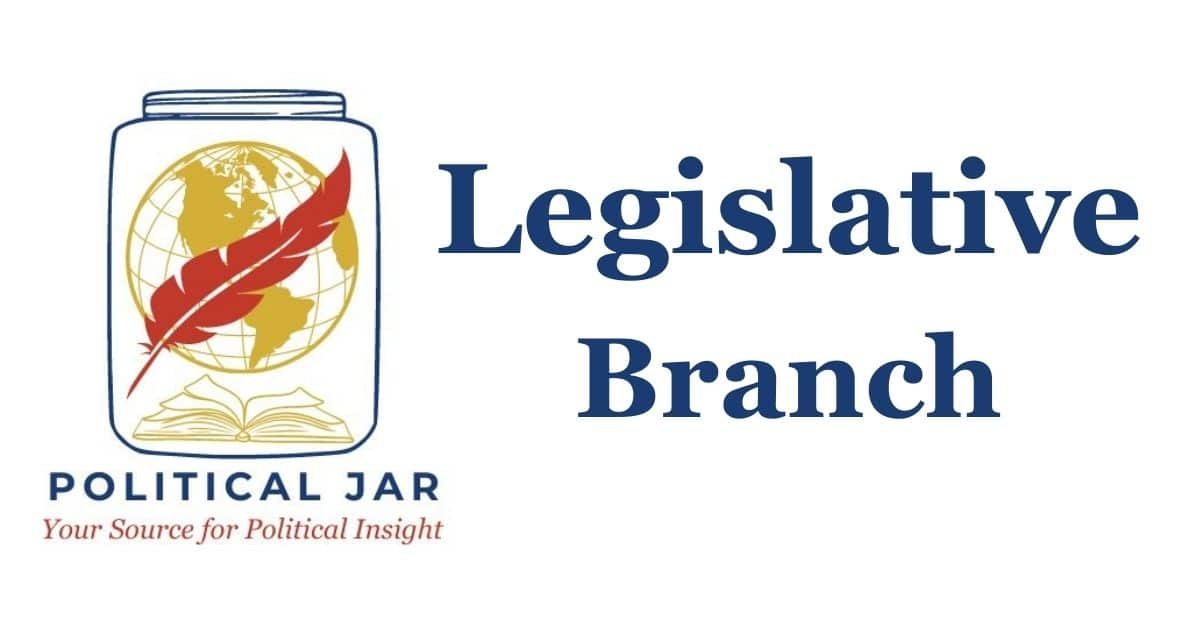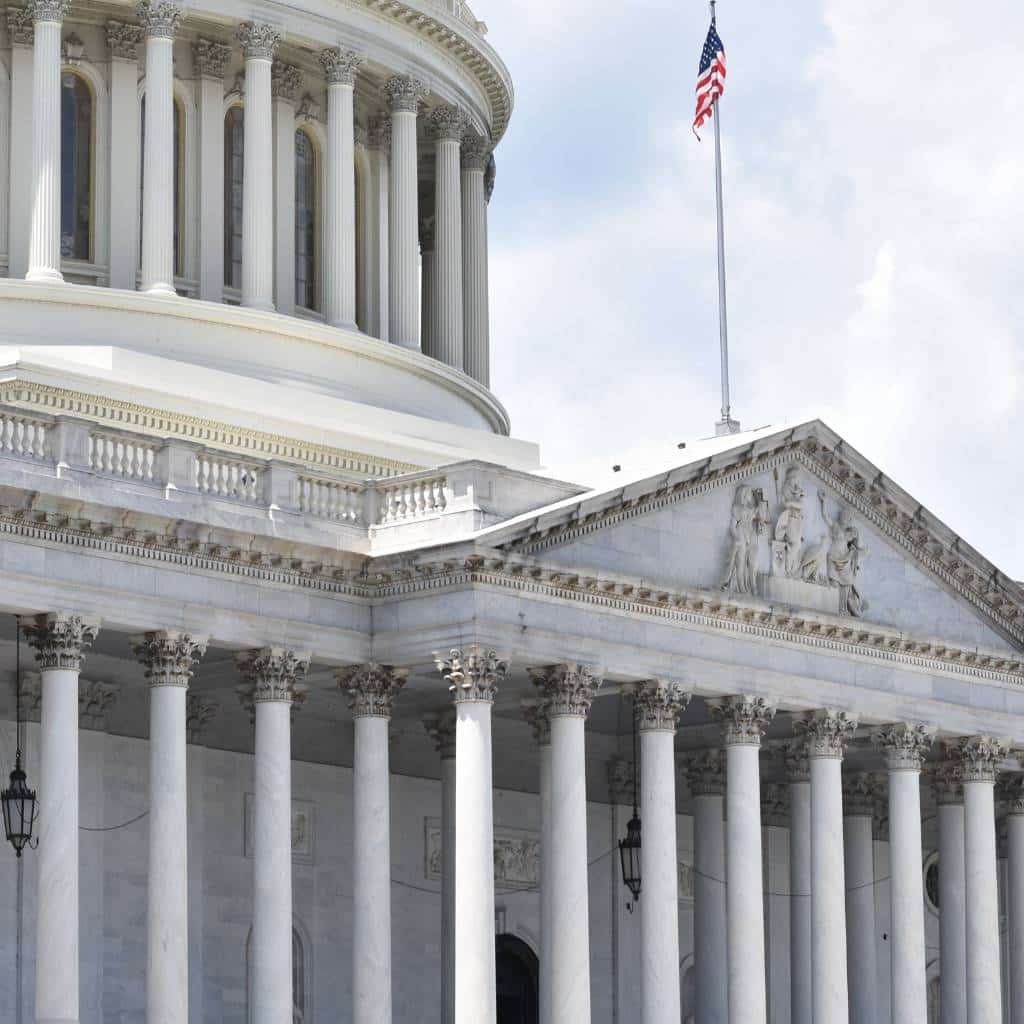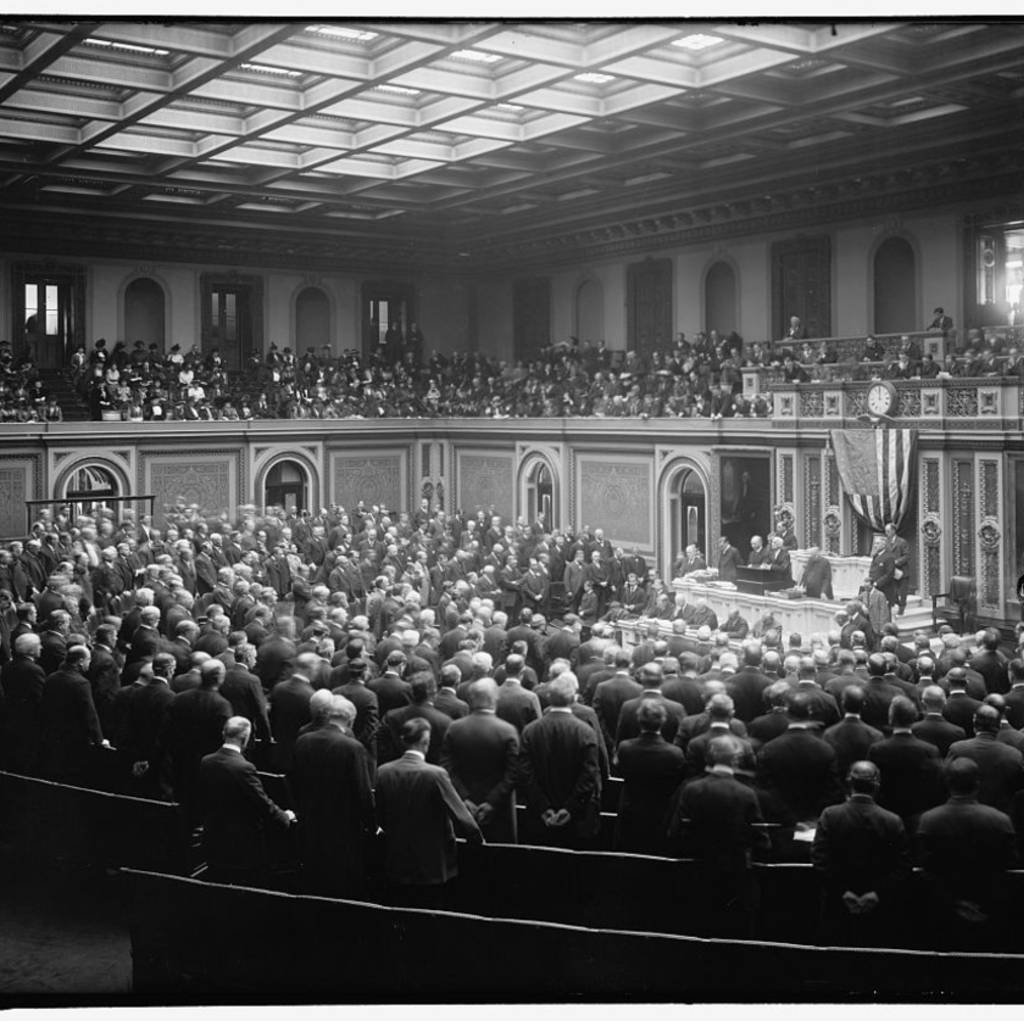
Legislative Branch
The legislative branch is one of the three pillars of governance in a democratic system, alongside the executive and judicial branches. In the United States, the legislative branch is enshrined in Article I of the Constitution, underscoring its foundational role in the federal government. Its primary responsibility is to create, debate, and enact laws that govern the nation. This article delves into the history, structure, functions, and significance of the legislative branch, offering a comprehensive understanding of its role in shaping democratic governance.
Historical Context and Constitutional Foundations
The concept of a legislative body dates back to ancient civilizations, such as Greece and Rome, where assemblies and senates played crucial roles in governance. The framers of the U.S. Constitution drew inspiration from these historical precedents and their experiences with British colonial rule. Dissatisfied with the centralized authority of the British monarchy, they envisioned a government where power was balanced and distributed among distinct branches.
Article I of the U.S. Constitution establishes the legislative branch, granting it the authority to make laws. The framers designed a bicameral system, comprising the House of Representatives and the Senate, to balance representation between populous and less populous states. This dual structure ensures that both the people (through the House) and the states (through the Senate) have a voice in federal legislation.
Structure of the Legislative Branch
The House of Representatives
The House of Representatives is the lower chamber of Congress, designed to represent the population more directly. Its composition is based on proportional representation, with seats allocated according to each state’s population. As of now, the House has 435 voting members.
Key features of the House of Representatives include:
- Term Length: Members serve two-year terms, ensuring they remain closely attuned to the will of their constituents.
- Qualifications: Representatives must be at least 25 years old, have been U.S. citizens for at least seven years, and reside in the state they represent.
- Leadership: The Speaker of the House, elected by the members, is the presiding officer and plays a pivotal role in setting the legislative agenda.
The Senate
The Senate is the upper chamber of Congress, designed to provide equal representation to each state regardless of population size. Each state elects two senators, resulting in a total of 100 members.
Key features of the Senate include:
- Term Length: Senators serve six-year terms, with elections staggered so that approximately one-third of the Senate is up for election every two years.
- Qualifications: Senators must be at least 30 years old, have been U.S. citizens for at least nine years, and reside in the state they represent.
- Leadership: The Vice President of the United States serves as the President of the Senate but only votes to break ties. The Senate also elects a President pro tempore, typically the senior member of the majority party, to preside in the Vice President’s absence.
Functions and Powers
The legislative branch is vested with a wide array of powers and responsibilities, as outlined in Article I, Section 8 of the Constitution. These include:
- Lawmaking: The primary function of Congress is to draft, debate, and pass legislation. Proposed laws, or bills, can originate in either chamber (except revenue bills, which must originate in the House).
- Budgeting and Appropriations: Congress controls federal spending through the “power of the purse.” It passes appropriations bills that allocate funds to various government agencies and programs.
- Oversight: Congress monitors the activities of the executive branch to ensure compliance with the law. This oversight function includes conducting hearings, investigations, and audits.
- Advice and Consent: The Senate has the exclusive authority to confirm presidential appointments, such as Cabinet members, federal judges, and ambassadors, as well as to ratify treaties.
- Impeachment: The House has the sole power to impeach federal officials, while the Senate conducts impeachment trials. Conviction requires a two-thirds majority in the Senate.
- Declaring War: While the President serves as Commander-in-Chief, only Congress has the authority to declare war.
- Amendments to the Constitution: Congress can propose constitutional amendments with a two-thirds majority in both chambers, which must then be ratified by three-fourths of the states.
The Legislative Process
The process of creating laws is complex and involves multiple steps to ensure thorough deliberation. Here is an overview of the legislative process:
- Introduction: A member of Congress introduces a bill in either the House or the Senate.
- Committee Review: The bill is assigned to a relevant committee, which may hold hearings, make amendments, and vote on whether to advance it.
- Floor Debate and Voting: If approved by the committee, the bill proceeds to the full chamber for debate and voting.
- Reconciliation: If both chambers pass different versions of the bill, a conference committee works to reconcile the differences.
- Presidential Action: The finalized bill is sent to the President, who can sign it into law, veto it, or take no action (leading to a pocket veto or automatic enactment, depending on the circumstances).
Checks and Balances
The legislative branch operates within a system of checks and balances designed to prevent any single branch from becoming too powerful. For instance:
- The President can veto legislation, but Congress can override a veto with a two-thirds majority in both chambers.
- The judicial branch can review laws passed by Congress and declare them unconstitutional.
- Congress can impeach and remove members of the executive and judicial branches.
Challenges and Criticisms
The legislative branch faces several challenges in fulfilling its responsibilities effectively:
- Partisanship: Increasing political polarization can lead to gridlock, where little to no legislation is passed.
- Influence of Lobbying: Critics argue that special interest groups wield disproportionate influence over lawmakers.
- Complexity of Issues: Modern governance involves complex issues that require specialized knowledge, which can be a barrier to effective legislation.
- Public Perception: Low approval ratings for Congress often stem from perceived inefficiency and partisanship.
Significance of the Legislative Branch
Despite its challenges, the legislative branch remains a cornerstone of democratic governance. It embodies the principle of representative democracy, where elected officials act on behalf of their constituents. By debating and enacting laws, Congress addresses societal needs and adapts to changing circumstances.
Moreover, the legislative branch serves as a forum for public discourse, where diverse perspectives can be heard and reconciled. Its role in checking the powers of the executive and judicial branches ensures a balance of power, safeguarding individual liberties and preventing authoritarianism.
Final Summary
The legislative branch is a vital component of the U.S. government, rooted in principles of representation, accountability, and deliberation. Its bicameral structure, encompassing the House of Representatives and the Senate, reflects a commitment to balancing the interests of the populace and the states. While it faces significant challenges, including partisanship and public disillusionment, its fundamental purpose remains unchanged: to create laws that promote justice, equality, and the general welfare.


